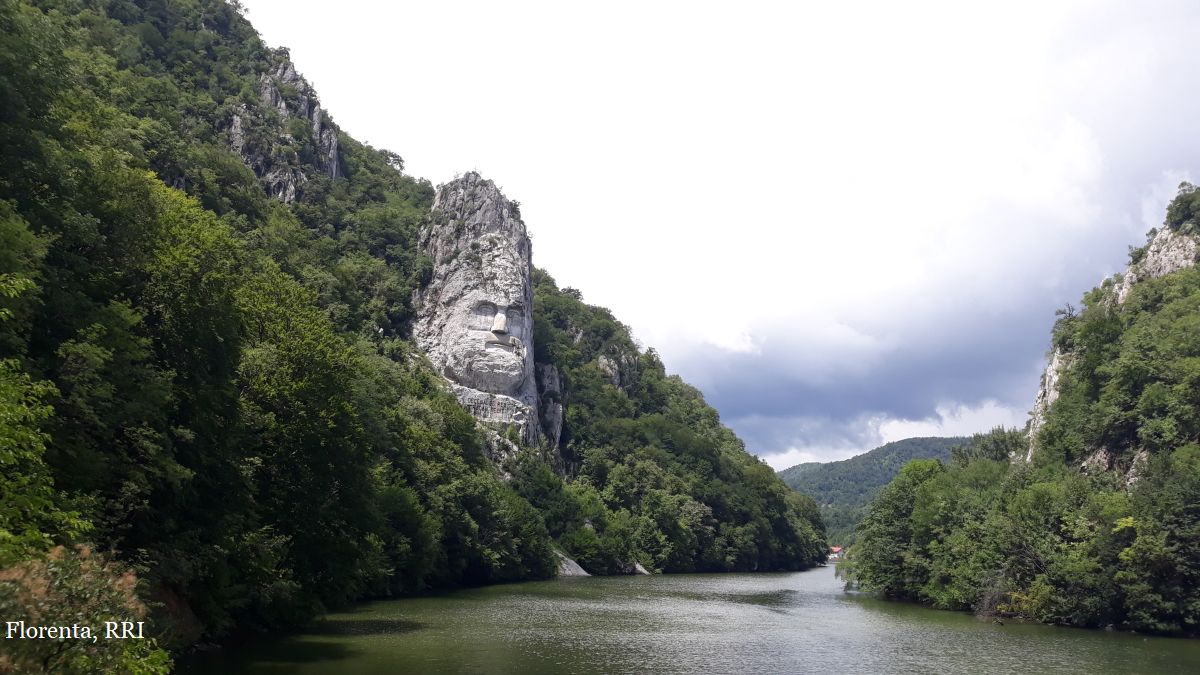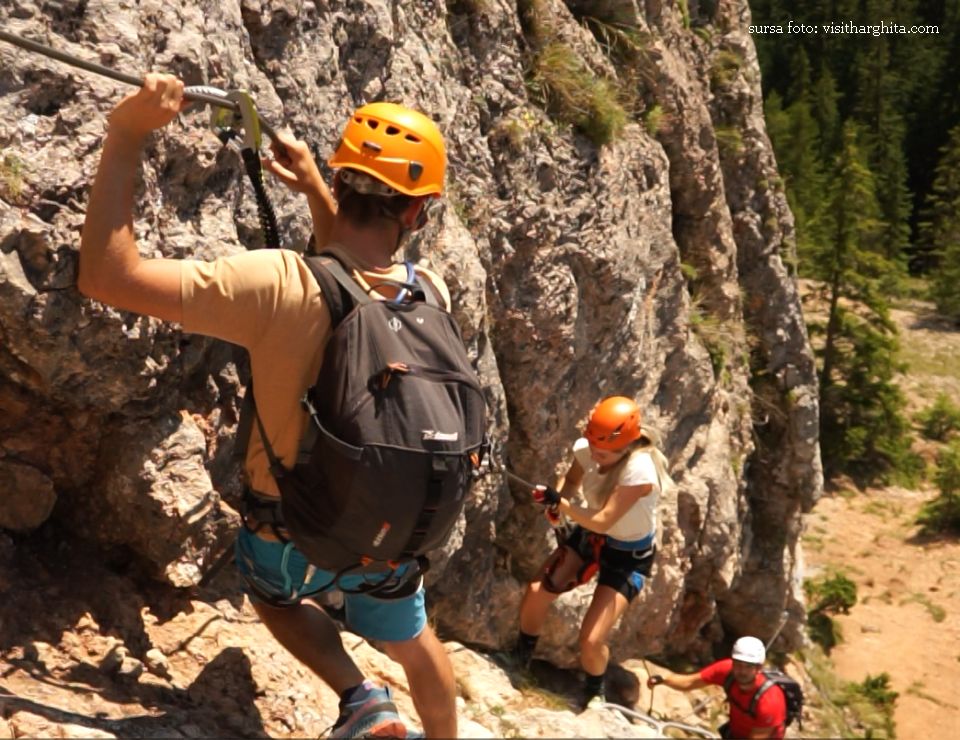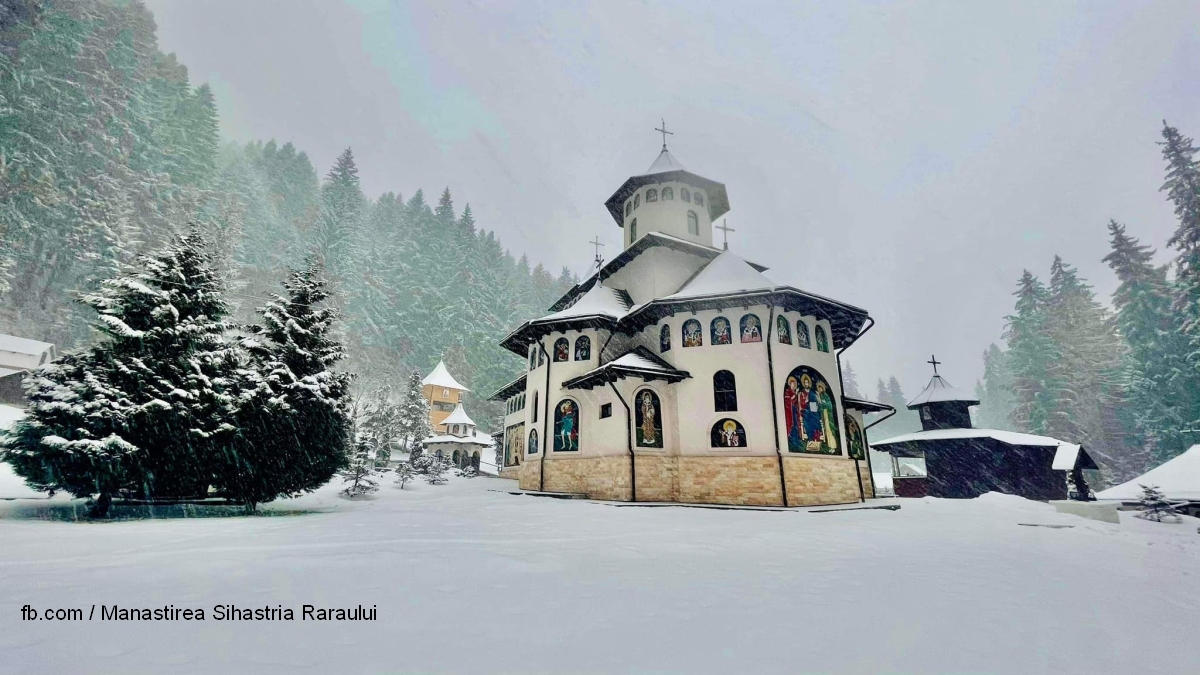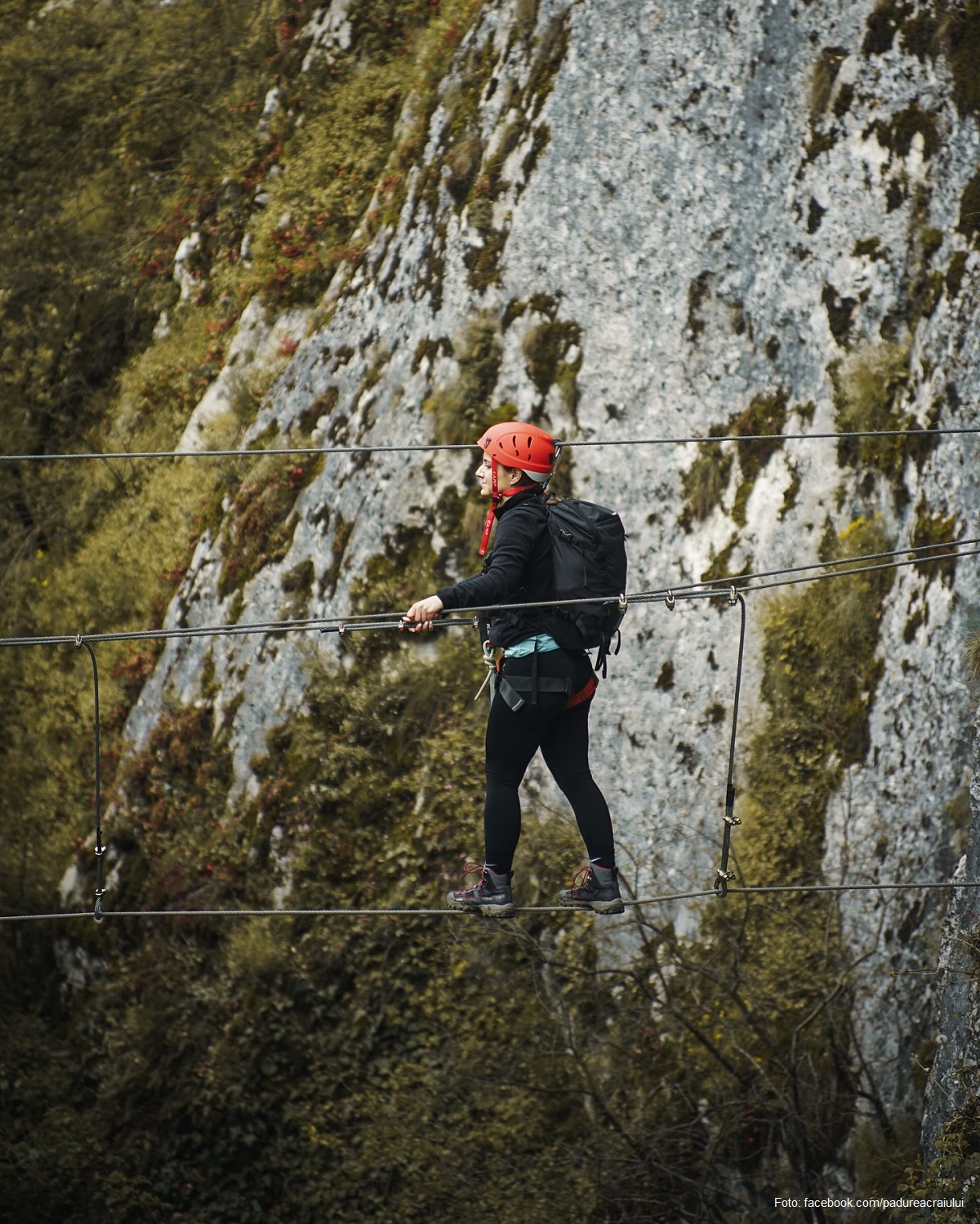Transylvania – the place to visit in 2016
Transylvania tops the list of places to visit in Lonely Planets Best in Travel in 2016.
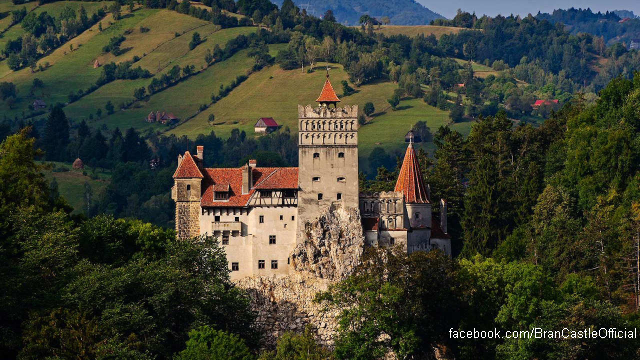
Daniel Onea, 17.03.2016, 13:56
One of the world’s leading travel guides, Lonely Planet’s
Best in Travel has published its list of the top ten places to visit in 2016.
The Romanian region of Transylvania tops the list with its traditions,
landscapes, food, festivals and villages. Peter Suciu, a tourist guide and
member of the Mioritics association, which specialises in Transylvania, says
that what makes this region particularly attractive is its multicultural
nature:
Transylvania is home to at least 6 different
ethnic and religious groups that have lived together for hundreds of years:
Romanians, Hungarians, Szeklers, Armenians, Saxons and Roma. In the countryside
you can see this multiculturality reflected in how neighbourhoods are
organised, and how they hold their celebrations. For example, the small town of
Agnita holds the Fasching celebrations in February, while the Saxon holidays
known as the Crown Festival is held in June, on the Feast of Saints Peter and
Paul.
We asked Peter Suciu to describe a typical
Transylvanian village:
It is a combination of managed natural
landscape and human settlement with very well laid out rules. The typical
village has rows of houses with large courtyards, widely distributed. Animal
husbandry is a staple here. The architecture is defined by the way people farm,
even to this day.
Our guide also talked about the local
craftsmen, though their number is dwindling:
In the Saxon and Szekler areas you can still
find traditional weavers. In Mălâncrav there are two weavers, in Malţâna there
is a coat maker, in Corund you have a few people who still make hats using a
woody mushroom growing on trees. Also, Corund ceramics are famous. In a few
villages you can still find traditional blacksmiths.
As a tourist guide Peter Suciu says foreign
tourists travelling to Transylvania are impressed with the pastoral landscape,
the fortified churches, the crafts and the traditions, as well as the local
food:
The local food is impressive in its variety.
Ethnic groups learned from one another, sharing cooking skills. Transylvanian
cooking is quite heavy, using a lot of meat. The cuisine is influenced by
shepherding culture, while Saxon cooking is meat heavy, with lots of pork and
beef, while Hungarian cooking leans towards spicy foods. Desserts are quite
elaborate, due to Austro-Hungarian influences. Also, homemade spirits are a
famous local staple. All this blends into a great local cuisine.
Ionut Bordea, a biologist and travel guide
specialising in protected mountain areas, told us:
You can find here a variety of forest
habitats. Forests in the Carpathian mountains are home to one of the most
significant populations of large carnivores in Europe, such as wolves, bears
and lynxes. These species are extinct in Western Europe. Also very interesting
are pastoral landscapes in the mountains. In the Sighisoara and Tarnava Mare
area, for example, you can find some of the last pastoral mountain landscapes
at low altitude, under 800 meters. These are also gone in Western Europe,
because of intensive agriculture. You can find a multitude of orchids and other
special flowers, which have become emblems of the area. Proof of that is the
interest shown by the European Union in protecting this area,
Sighisoara-Tarnava Mare, which has been declared a Natura 2000 site.
The ADEPT Foundation of Romania protects major
pastoral ecosystems in Transylvania. It is based in the town of Saschiz, and
has set up a number of tourist trails linking Saxon villages starting in Viscri
and reaching Biertan, Ionut Bordea told us:
There are also cycling trails, such as that
between Meşendorf and Criţ. There are also marked trails for one-day trips,
circling around villages. If you get accommodation in Viscri, for example, you
can get a booking for several days, allowing you to visit all the villages
around. In Saschiz, at the headquarters of the ADEPT foundation, they have an
information centre where tourists can get promotional material in Romanian,
English, German and French. I think the best ambassador for this area is Prince
Charles, who got deeply involved in promoting the region. I recommend the
series of documentaries called Wild Carpathia, with lots of information about
this area, which we consider one of the last wild areas of Europe.

